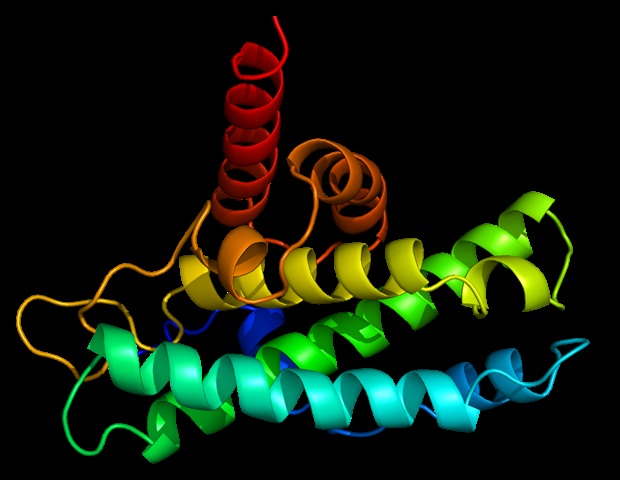
A recent study delves into the pivotal role of Setd2, a histone methyltransferase enzyme, in embryonic development within mice. Setd2 is instrumental in the trimethylation of histone H3 lysine 36 (H3K36me3), a modification that influences gene expression and has been implicated in various cancers and developmental disorders. The research presents the establishment of a mouse model carrying a patient-derived Setd2 mutation, providing valuable insights into the enzyme’s catalytic activity and its non-catalytic functions during embryogenesis. This model, harboring a single-nucleotide mutation, results in a catalytically dead (CD) Setd2 protein that retains its interaction with hyperphosphorylated RNA polymerase II but loses its histone methyltransferase activity. The study’s findings underscore the importance of Setd2’s catalytic function in supporting embryonic development, as the CD Setd2 mouse model exhibits similar embryonic lethality and vascular remodeling defects as the complete Setd2 knockout model.
The investigation involved a comprehensive approach, including the generation of a Setd2-CD knockin mouse model through homologous recombination technology, followed by a comparative analysis with the existing Setd2 knockout model. The Setd2-CD mice displayed comparable embryonic lethality at E10.5, with severe defects in vascular remodeling, suggesting that the catalytic activity of Setd2 is crucial for these developmental processes. RNA sequencing and single-cell RNA sequencing analyses of the yolk sac and embryos revealed significant downregulation of angiogenesis hallmark genes and collagen assembly-related genes in both Setd2-CD and Setd2 knockout samples, indicating a shared molecular pathology. Interestingly, the Setd2-CD embryos showed slightly milder developmental defects compared to the Setd2 knockout embryos, as evidenced by differences in the regulation of allantois-specific 5′ Hoxa cluster genes.
The study’s conclusions highlight the essential nature of Setd2’s catalytic activity for normal embryonic development in mice. The findings also suggest that certain non-catalytic functions of Setd2 may still be exerted by the CD Setd2 protein in specific developmental contexts. This research contributes to the understanding of Setd2’s role in epigenetic regulation and provides a foundation for further exploration of its functions in development and disease. The establishment of the Setd2-CD mouse model offers a valuable tool for dissecting the catalytically dependent and independent functions of Setd2, which could have implications for the development of therapeutic strategies targeting Setd2 in cancer and other diseases.
Source:
Journal reference:
Chen, S., et al. (2024). Catalytic activity of Setd2 is essential for embryonic development in mice: establishment of a mouse model harboring patient-derived Setd2 mutation. Frontiers of Medicine. doi.org/10.1007/s11684-024-1095-1.




